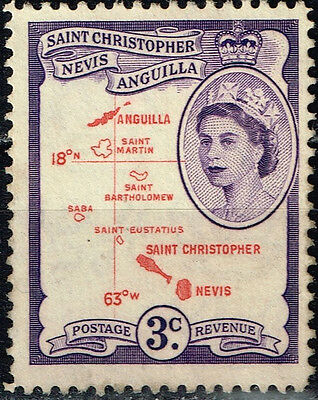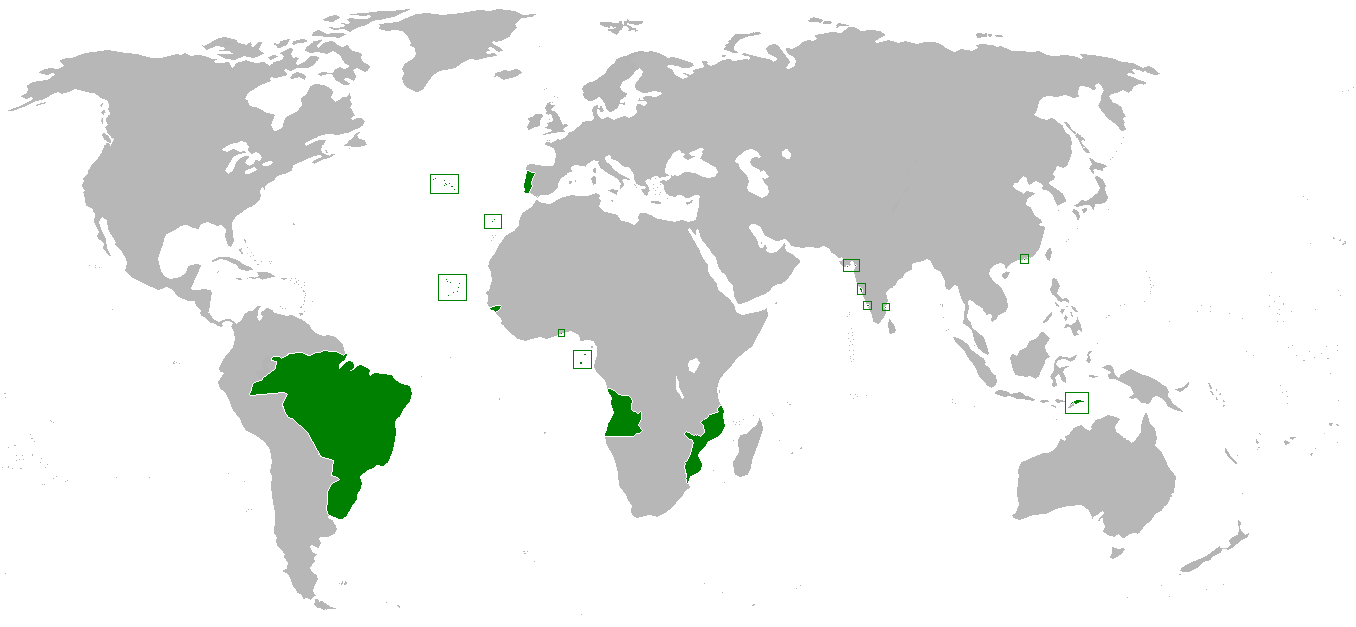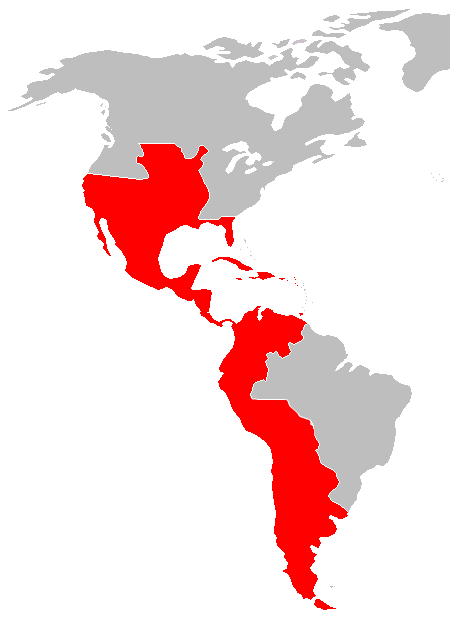|
Monarchy Of Saint Kitts And Nevis
The monarchy of Saint Kitts and Nevis is a system of government in which a hereditary monarch is the sovereign and head of state of Saint Kitts and Nevis. The current monarch of Saint Kitts and Nevis, since 8 September 2022, is King Charles III. As sovereign, he is the personal embodiment of the Crown of Saint Kitts and Nevis. Although the person of the sovereign is equally shared with 14 other independent countries within the Commonwealth of Nations, each country's monarchy is separate and legally distinct. As a result, the current monarch is officially titled ''King of Saint Christopher and Nevis'' and, in this capacity, he and other members of the royal family undertake public and private functions domestically and abroad as representatives of Saint Kitts and Nevis. However, the King is the only member of the royal family with any constitutional role. All executive (government), executive authority is vested in the monarch, and royal assent is required for the National Assemb ... [...More Info...] [...Related Items...] OR: [Wikipedia] [Google] [Baidu] |
Charles III
Charles III (Charles Philip Arthur George; born 14 November 1948) is King of the United Kingdom and the 14 other Commonwealth realms. Charles was born at Buckingham Palace during the reign of his maternal grandfather, King George VI, and became heir apparent when his mother, Queen Elizabeth II, acceded to the throne in 1952. He was created Prince of Wales in 1958 and Investiture of Charles, Prince of Wales, his investiture was held in 1969. He was educated at Cheam School and Gordonstoun, and later spent six months at the Timbertop campus of Geelong Grammar School in Victoria, Australia. After completing a history degree from the University of Cambridge, Charles served in the Royal Air Force and the Royal Navy from 1971 to 1976. In 1981, Wedding of Prince Charles and Lady Diana Spencer, he married Lady Diana Spencer. They had two sons, William, Prince of Wales, William and Prince Harry, Duke of Sussex, Harry. After years of estrangement, Charles and Diana divorced in 1996, ... [...More Info...] [...Related Items...] OR: [Wikipedia] [Google] [Baidu] |
Thomas Warner (explorer)
Sir Thomas Warner (1580 – 10 March 1649) was a captain in the guards of James I of England who became an explorer in the Caribbean. In 1620 he served at the brief-lived English settlement of Oyapoc in present-day Guyana of South America, which was abandoned the same year. The Dutch controlled most of the territory. Warner is noted for settling on Saint Kitts and establishing it in 1624 as the first English colony in the Caribbean. Early life and education Warner was born in Suffolk, England in 1580. He entered the army at an early age, which provided him with his main training. He later married and started a family with his wife, which included their son Philip. Thomas Warner had an Island Carib mistress on St. Kitts, and their son was called "Indian Warner". Indian Warner was killed in the Dominica Massacre. Military career Warner became a captain in James I's guards. In 1620 he accepted assignment to the colonies, and took his family with him to the Oyapoc Colony ... [...More Info...] [...Related Items...] OR: [Wikipedia] [Google] [Baidu] |
Title
A title is one or more words used before or after a person's name, in certain contexts. It may signify their generation, official position, military rank, professional or academic qualification, or nobility. In some languages, titles may be inserted between the first and last name (for example, in German language, German or clerical titles such as Cardinal (Catholicism), Cardinal in Catholic church, Catholic usage – Richard Cushing#Legacy, Richard Cardinal Cushing). Some titles are hereditary title, hereditary. Types Titles include: * Honorific, Honorific titles or Style (manner of address), styles of address, a phrase used to convey respect to the recipient of a communication, or to recognize an attribute such as: ** Imperial, royal and noble ranks, Imperial, royal and noble rank ** Academic degree ** Social title, prevalent among certain sections of society due to historic or other reasons. ** Other accomplishment, as with a title of honor * Title of authority, an identi ... [...More Info...] [...Related Items...] OR: [Wikipedia] [Google] [Baidu] |
Realms Lunch Coronation Event (52872261291)
A realm is a community or territory over which a sovereign rules. The term is commonly used to describe a monarchical or dynastic state. A realm may also be a subdivision within an empire, if it has its own monarch, e.g. the German Empire. Etymology The Old French word , modern French , was the word first adopted in English; the fixed modern spelling does not appear until the beginning of the 17th century. The word supposedly derives from medieval Latin , from , of or belonging to a . The word ''rex'' itself is derived from the Latin verb , which means . Thus the literal meaning of the word ''realm'' is , traditionally a monarch (emperor, king, grand duke, prince, etc.). Usage "Realm" is particularly used for those states whose name includes the word ''kingdom'' (for example, the United Kingdom), as elegant variation, to avoid clumsy repetition of the word in a sentence (for example, "The King's realm, the United Kingdom..."). It is also useful to describe those countries wh ... [...More Info...] [...Related Items...] OR: [Wikipedia] [Google] [Baidu] |
Viceroy
A viceroy () is an official who reigns over a polity in the name of and as the representative of the monarch of the territory. The term derives from the Latin prefix ''vice-'', meaning "in the place of" and the Anglo-Norman ''roy'' (Old French ''roi'', ''roy''), meaning "king". This denotes the position as one who acts on behalf of a king or monarch. A viceroy's territory may be called a viceroyalty, though this term is not always applied. The adjective form is ''viceregal'', less often ''viceroyal''. The term ''vicereine'' is sometimes used to indicate a female viceroy '' suo jure'', although ''viceroy'' can serve as a gender-neutral term. Vicereine is more commonly used to indicate a viceroy's wife, known as the ''viceregal consort''. The term has occasionally been applied to the governors-general of the Commonwealth realms, who are ''viceregal'' representatives of the monarch. The position of a viceroy is by royal appointment rather than a noble rank. An individual vicer ... [...More Info...] [...Related Items...] OR: [Wikipedia] [Google] [Baidu] |
Kennedy Simmonds
Sir Kennedy Alphonse Simmonds, KCMG (born 12 April 1936), is a Saint Kittitian and Nevisian politician who served as the first prime minister of Saint Kitts and Nevis from 1983 to 1995. Life and career Simmonds was born in Basseterre on 12 April 1936. He graduated as a physician from the University of the West Indies in 1962. He married Mary Matthew, and they had five children. Simmonds was a founding member of the People's Action Movement (PAM) party. He was the Premier of Saint Kitts and Nevis from 21 February 1980, until the twin-island state gained independence from the United Kingdom on 19 September 1983. Upon independence, he became the 1st Prime Minister of Saint Kitts and Nevis and as such has been described as "The Father of the Nation." Simmonds and his party ruled with the support of Nevis Reformation Party. He had three deputy prime ministers: Michael Oliver Powell 1980-1992, Sydney Earl Morris 1992-1994 and Hugh Heyliger 1994-1995. Honours In 2004, Si ... [...More Info...] [...Related Items...] OR: [Wikipedia] [Google] [Baidu] |
Princess Margaret
Princess Margaret, Countess of Snowdon (Margaret Rose; 21 August 1930 – 9 February 2002) was the younger daughter of King George VI and Queen Elizabeth The Queen Mother. She was the younger sister and only sibling of Queen Elizabeth II. Margaret was born when her parents were the Duke and Duchess of York, and she spent much of her childhood with them and her elder sister. Her life changed at the age of six, when her father succeeded to the British throne following the abdication of his brother Edward VIII. Margaret's sister became heir presumptive, with Margaret second in line to the throne. Her position in the line of succession diminished over the following decades as Elizabeth's children and grandchildren were born. During the Second World War, the two sisters stayed at Windsor Castle despite suggestions to evacuate them to Canada. During the war years, Margaret was too young to perform official duties and continued her education, being nine years old when the ... [...More Info...] [...Related Items...] OR: [Wikipedia] [Google] [Baidu] |
The Commonwealth
''The'' is a grammatical article in English, denoting nouns that are already or about to be mentioned, under discussion, implied or otherwise presumed familiar to listeners, readers, or speakers. It is the definite article in English. ''The'' is the most frequently used word in the English language; studies and analyses of texts have found it to account for seven percent of all printed English-language words. It is derived from gendered articles in Old English which combined in Middle English and now has a single form used with nouns of any gender. The word can be used with both singular and plural nouns, and with a noun that starts with any letter. This is different from many other languages, which have different forms of the definite article for different genders or numbers. Pronunciation In most dialects, "the" is pronounced as (with the voiced dental fricative followed by a schwa) when followed by a consonant sound, and as (homophone of the archaic pronoun ''thee' ... [...More Info...] [...Related Items...] OR: [Wikipedia] [Google] [Baidu] |
Saint Kitts-Nevis-Anguilla
Saint Christopher-Nevis-Anguilla (or Saint Christopher, Nevis, and Anguilla) was a British colony in the West Indies from 1882 to 1983, consisting of the islands of Anguilla (until 1980), Nevis, and Saint Kitts, Saint Christopher (or Saint Kitts). From 1882 to 1951, and again from 1980, the colony was known simply as Saint Christopher and Nevis. Saint Christopher and Nevis gained independence in 1983 as the Saint Kitts and Nevis, Federation of Saint Kitts and Nevis, while Anguilla would remain a British overseas territory. History The islands of Saint Christopher and Nevis had been British colonies since the 17th century, though were always administered separately. A union of Saint Christopher and Nevis had been proposed as early as 1867, when Captain James George Mackenzie was appointed List of colonial governors of Saint Christopher, Lieutenant-Governor of Saint Christopher with a mandate to seek an amalgamation of the administrations of the two islands. This proposal met wit ... [...More Info...] [...Related Items...] OR: [Wikipedia] [Google] [Baidu] |
West Indies Federation
The West Indies Federation, also known as the West Indies, the Federation of the West Indies or the West Indian Federation, was a short-lived political union that existed from 3 January 1958 to 31 May 1962. Various islands in the Caribbean that were British West Indies, part of the British Empire, including Trinidad and Tobago, Barbados, Jamaica, and those on the British Leeward Islands, Leeward and British Windward Islands, Windward Islands, came together to form the Federation, with its capital in Port of Spain, Trinidad and Tobago. The expressed intention of the Federation was to create a political unit that would decolonization, become independent from Britain as a single state – possibly similar to Canada, the Federation of Australia, or the Federation of Rhodesia and Nyasaland. Before that could happen, the Federation collapsed due to internal political conflicts over how it would be governed or function viably. The formation of a West Indian Federation was encouraged b ... [...More Info...] [...Related Items...] OR: [Wikipedia] [Google] [Baidu] |
Antilles
The Antilles is an archipelago bordered by the Caribbean Sea to the south and west, the Gulf of Mexico to the northwest, and the Atlantic Ocean to the north and east. The Antillean islands are divided into two smaller groupings: the Greater Antilles and the Lesser Antilles. The Greater Antilles includes the Cayman Islands and larger islands of Cuba, Hispaniola (subdivided into the nations of the Dominican Republic and Haiti) and Navassa Island, Jamaica, and Puerto Rico. The Lesser Antilles contains the northerly Leeward Islands and the southeasterly Windward Islands as well as the Leeward Antilles just north of Venezuela. The Lucayan Archipelago (consisting of The Bahamas and the Turks and Caicos Islands), though a part of the West Indies, is generally not included among the Antillean islands. Geography, Geographically, the Antillean islands are generally considered a subregion of North America. Culturally speaking, Cuba, the Dominican Republic, and Puerto Rico – and sometime ... [...More Info...] [...Related Items...] OR: [Wikipedia] [Google] [Baidu] |
Peace Of Paris (1783)
The Peace of Paris of 1783 was the set of treaties that ended the American Revolutionary War. On 3 September 1783, representatives of King George III of Kingdom of Great Britain, Great Britain signed a treaty in Paris with representatives of the United States of America—commonly known as the Treaty of Paris (1783)—and two treaties at Palace of Versailles, Versailles with representatives of King Louis XVI of France and King Charles III of Spain—commonly known as the Treaties of Versailles (1783). The previous day, a preliminary treaty had been signed with representatives of the States-General of the Netherlands, States General of the Dutch Republic, but the final treaty which ended the Fourth Anglo-Dutch War was not signed until 20 May 1784; for convenience, however, it is included in the summaries below. The treaty dictated that the British would lose their Thirteen Colonies and marked the end of the British Empire#"First" British Empire (1707–1783), First British Empire. ... [...More Info...] [...Related Items...] OR: [Wikipedia] [Google] [Baidu] |





